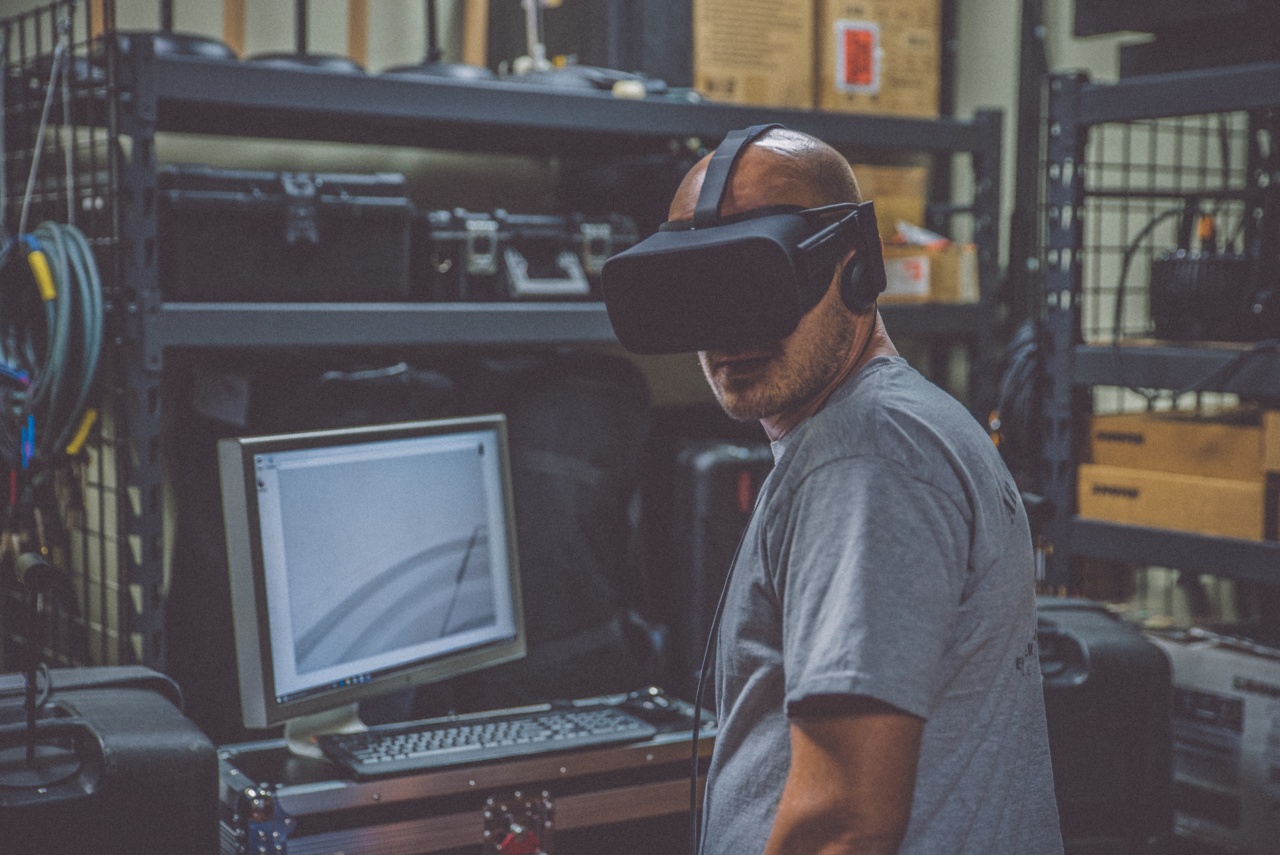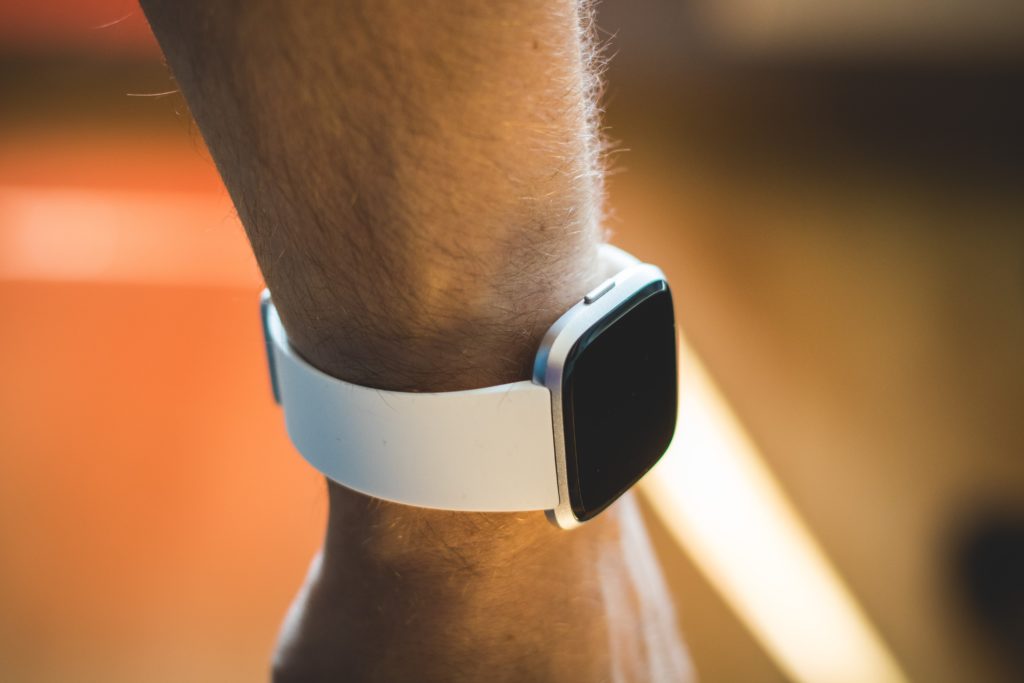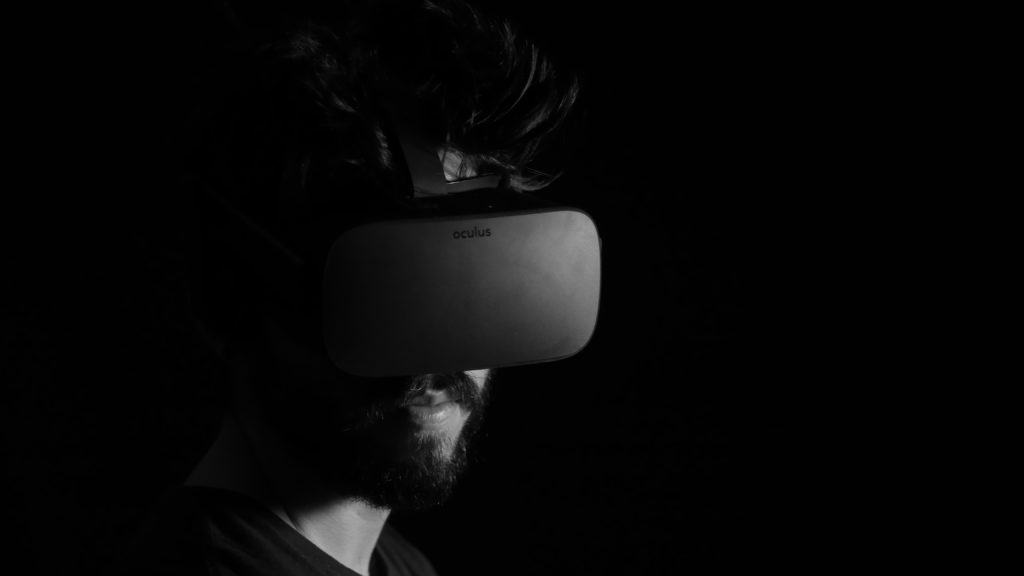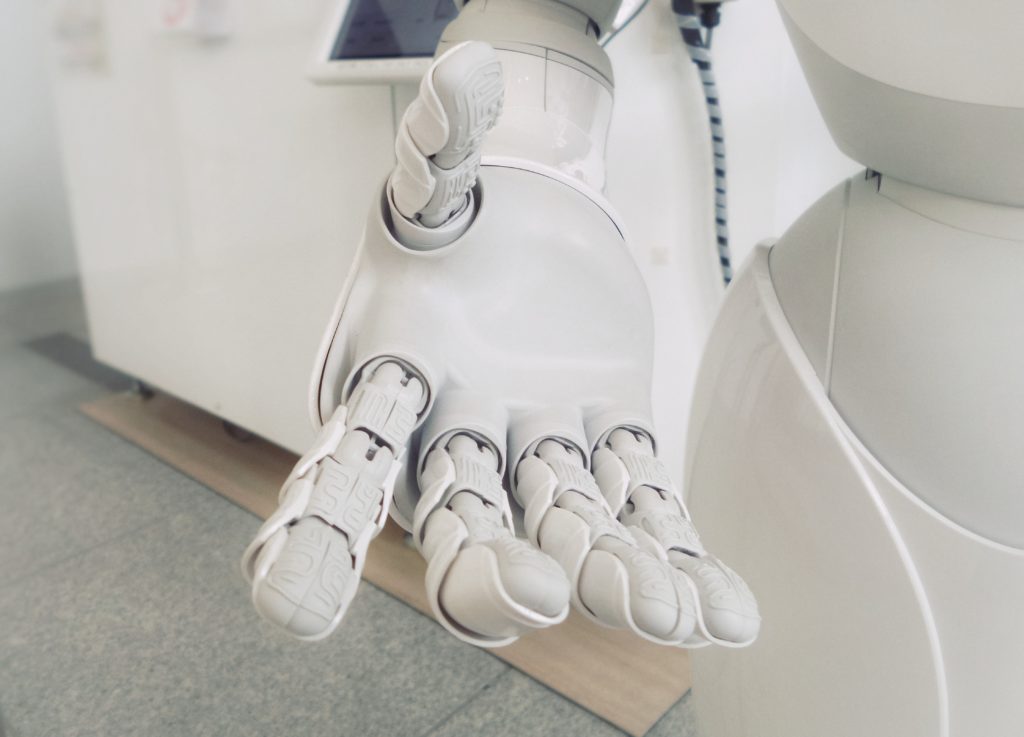Superhumans: the future of the digital workplace

Wearable technology is predicted to revolutionize the digital workplace and transform the way we work. But what benefits will it have to our professional lives?
According to many industry analysts, we are on the cusp of entering the Age of Experience. This idea, defined over two decades ago by B. Joseph Pine II and James Gilmore, is based on the premise that providing goods and services is no longer enough to satisfy the consumer. Instead, organizations need to create a commodity where the memory itself becomes the product – an “experience.”
You can see the impact of this ‘Experience Economy’ in everyday services. When you use Uber, for example, the experience isn’t the taxi ride; it’s the ability to book it on your phone and leave the vehicle without paying the driver. With Apple, it’s the service and unpackaging of beautifully designed tech and the feeling of belonging to a respected brand. With Netflix, it’s their harnessing of AI to learn our tastes and behaviors, distinguish between family members, and deliver a truly personalized experience.
And this idea of “the experience” extends to employees too. Organizations now realize that in order to keep improving, to retain staff and boost productivity and employee satisfaction, they need to work on making the daily experience of their workforce as pleasurable, bespoke and effective as possible.
Building a connected digital workplace
This digital workplace has made a huge contribution to the employee experience, by automating mundane admin jobs, increasing the accuracy of work and allowing employees to find resources, data, and information as and when they need it. But as tech develops, we realize that we’re only on the edge of how impactful the workplace experience can really be.
As discussed in an earlier blog, there is more evidence to show that technology will ultimately augment work, rather than annihilate it. Technology should be welcomed by the workforce, rather than feared. With the current innovations in automation, AI, and digital tools, what else should we expect in the digital workplace in the coming years?
How a faster pace of work is pushing the need for Superhumans

It’s no surprise that the speed at which we’re working has increased tremendously. The digital workplace has born many tools that allow us to improve the pace in which we operate, from collaborative work management platforms to intelligent search. It’s never been easier to get work done efficiently, without the burden of admin and time-consuming processes in the way. But the pace is increasing.
By helping us work better and faster, organizations are seeing how far it can be pushed. What is the extent of this increased productivity? While automation is a key changer in this field, (according to McKinsey, about 60% of occupations could have at least 30% or more of their activities totally automated), work is being done to see how tech can manage the acceleration that automation brings. Aware that humans have limits, technology is being developed to support and enhance the way we work: devices that can help us keep up with the pace without fear of burnout.
Enter wearable technology, a range of devices that not only facilitates, augments, and enhances our work, but is designed to protect, guide, and overcome our own individual limitations. This technology looks set to empower workers with special needs, an aging workforce, and staff who may be vulnerable to stress and other health concerns. In an unforeseen twist, robotics are being designed not only to improve the organization but to protect the human too – ultimately creating a workforce of superhumans.
Building a connected digital workplace
The idea of subcutaneous devices has been thrown around for many years, and while it seems inevitable, there is some pushback regarding the ethics of these type of mechanisms. Much more accessible is the introduction of wearable tech, which will change the way we work.
Just as smartphones have integrated themselves into our work lives, the next stage on from this is a type of tech which can make workers more valuable by enhancing their physical and perceptual abilities.
Wearables are already being adopted by users but will see a massive rise in the coming years. While many are currently classified as leisure items, like smartphones, employers will recognize their application in the workplace and a BYOW (bring your own wearable) culture will be adopted. Some of the most common ones that will experience widespread use include:
Smartwatches

While these are generally regarded as tools for leisure, more and more organizations are seeing a use for smartwatches in the workplace. Their chief use is to promote a healthier lifestyle, reminding workers to take a movement break, mindful break and track their nutrition. Their various sensors can help HR, and occupational therapists follow changes in mobility and heart rate and are alerted to any issues that the watch data springs up. Smartwatches are synching with smartphones to allow messages and phone calls to be received, as well as stats on weather, news, and work notifications. Employees can take notes, preview important emails, be on-time for meetings but like smartphones ten years ago, their usage will get a lot more sophisticated.
As the tech surrounding smartwatches continues to progress, so does their application in the digital workplace. Soon, we’ll be able to see businesses harnessing this tech more, using them to control single sign-on, hold video conferences and access cloud files.
They will also see an extended use in monitoring the health of employees by monitoring glucose, cortisol and cholesterol levels of workers, alerting users to potential hazards around them and detecting medical conditions like atrial fibrillation, hypertension, sleep apnea, and diabetes.
Augmented/Virtual Reality Devices

Augmented vision has enormous potential in the workplace. By enhancing the user’s powers of perception, it is helping organizations boost collaboration, improve productivity, and guide workflow.
With AR/VR devices, information can be positioned into the user’s eye line enabling quicker and better-quality work. This is important in jobs that traditionally require the user to work on two or more screens. According to Deloitte:
“At GE Aviation, smart glasses ensure that mechanics need not stop work to check reference manuals, thus improving efficiency by 8 to 12 percent while reducing errors, potentially saving millions.”
And with the rich visualization capabilities that the devices provide, these devices can also improve design and data analysis abilities.
“For instance, Pfizer’s researchers can absorb complex data about protein structures more quickly by virtually stepping inside molecules, studying them up close and from every angle.”
Collaboration is improved, as well. By using smart goggles, users can share their visuals with experts across the globe. When it comes to fixing technical problems, showing products or troubleshooting, it gives a quicker, cheaper solution to flying specialists over in order to see the issue in person.
Exoskeletons

Gartner believes that mainstream adoption of immersive technologies is five to ten years away, but exoskeletons are well embedded in the working life of countless employees. Manufacturing has been using these types of devices for a while now and has been a massive boost to not only productivity but safety and welfare too. Workers are being equipped with exoskeletons that are supporting the body while carrying out work, helping to conserve energy and avoid strain, crucial for heavy lifting, particularly for the aging workforce. These type of tools should see a downturn in workplace injuries, which cost a billion dollars a week in the US alone.
Healthcare has also seen a considerable surge in robotics and exoskeletons, helping individuals with disabilities and in rehabilitation. For example, patients who Paraplegics are operating robot arms directly connected to their brains
What use could exoskeletons have in the average office setting? There’s the obvious benefit of allowing many disabled people back into employment by providing them with the exoskeletal equipment to help them use computers, walk and carry out office duties as efficiently as abled bodies. In training as well, there are several projects on the go, in particular, the Teslasuit which has haptic devices that provide physical feedback to the wearer. According to research studies, adding haptic feedback while someone learns a new task can help them learn faster and perform better.
A digitally enhanced workforce
As discussed in a previous blog, the introduction of different technologies has always received some kind of remonstration from workers who are fearful of being replaced. The success of wearables will rely on the fact that they are designed to help workers be more productive – the impact of which will be immediate.
With skills shortages in many industries, a workforce that is aging and increased regulation, the incoming wearables are inevitable. This is a time of rapid technological change, and the idea of wearing a robotic device doesn’t seem as farfetched as it may have done a decade ago. This is compounded by hardware getting smaller, lighter and with batteries with longer life. Wearables aren’t awkward to wear; the innovation is there to make them as comfortable to wear as possible. The experience of wearables is such that they will soon be a natural part of the way we work. In fact, a device like a smartwatch poses far less disruption that a laptop or smartphone, meaning that critical information can be accessed wherever – out in the field, in a meeting or on the road.
These devices will be integral to our jobs, using the digital workplace cloud to feedback to the user and the organization through various software. While we currently don’t know how impactful wearables will be, their potential has massive implications on the welfare, safety, and productivity of countless workers. The development of an app ecosystem that aligns with these devices will ensure usage across the board – just as apps helped the ubiquity of smartphones. If executed successfully, the countless possibilities for wearables will spark the revolution which will change the way we go about our work. The digital transformation has sped up the rate at which we work, but it’s the Age of Experience that has helped enable organizations to create a solution that eases the burden on employees.

